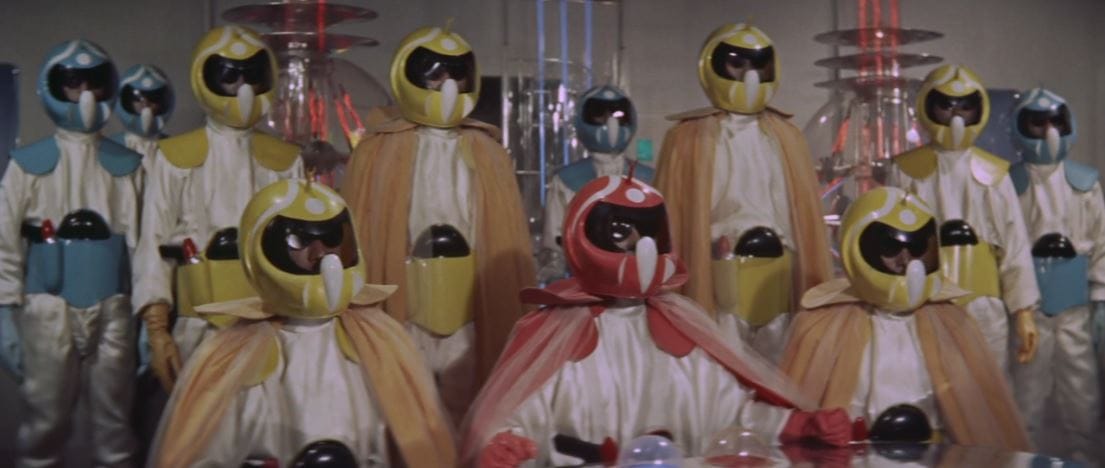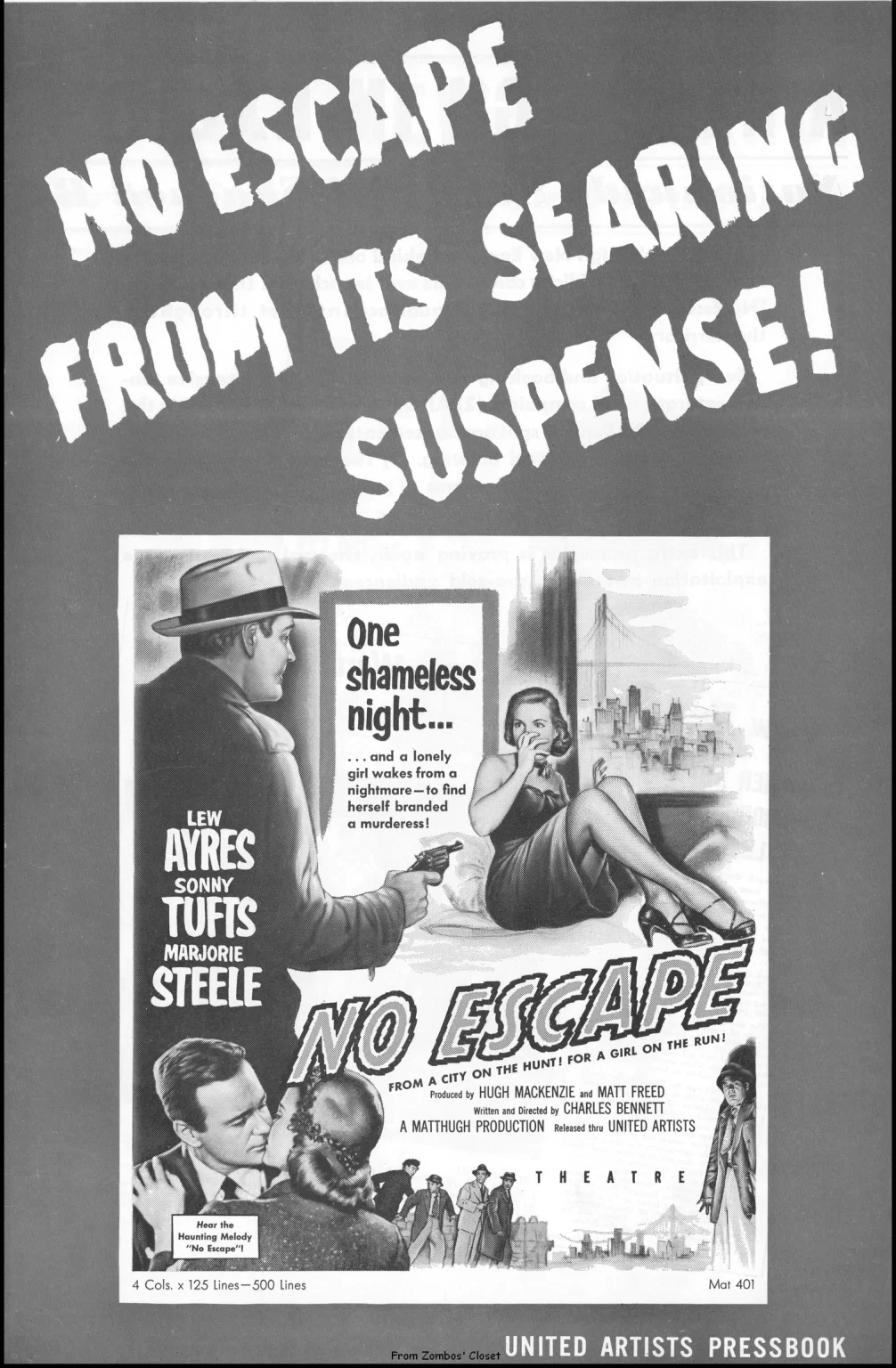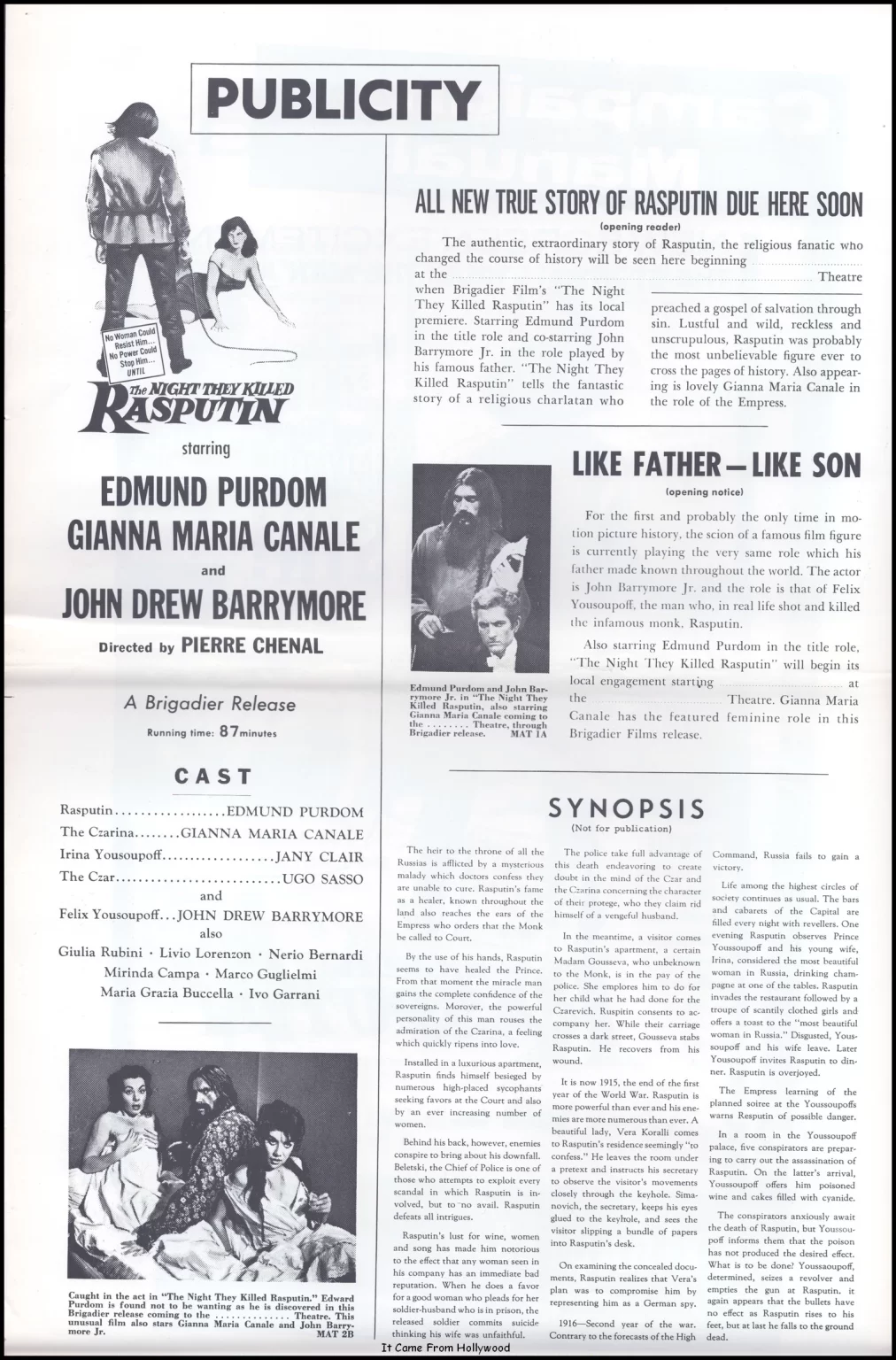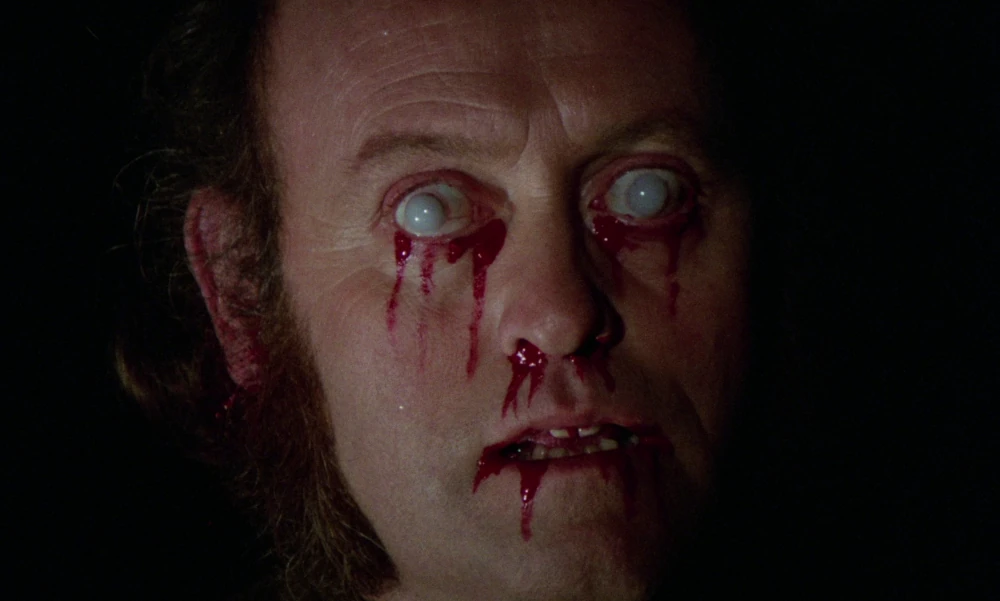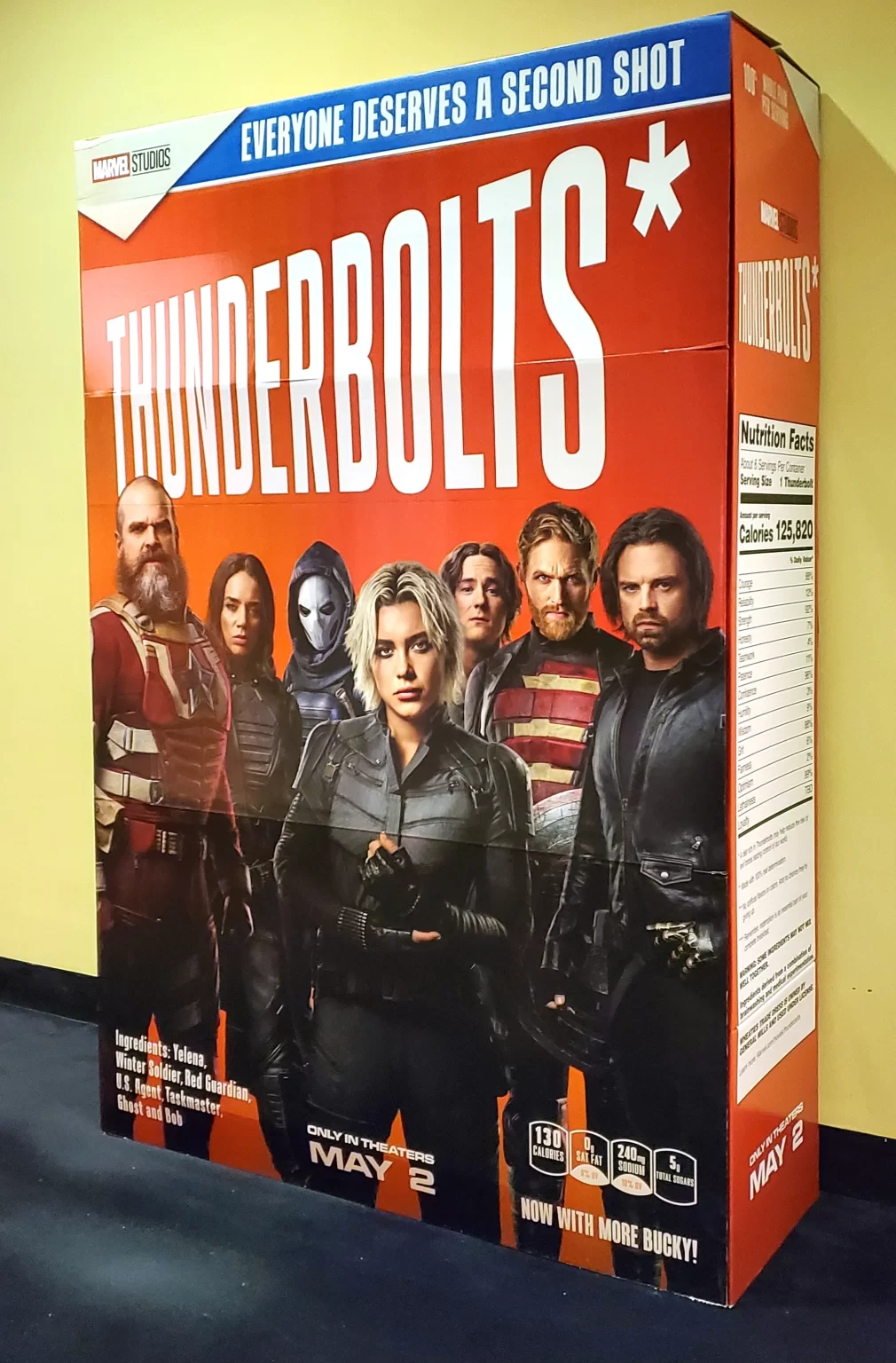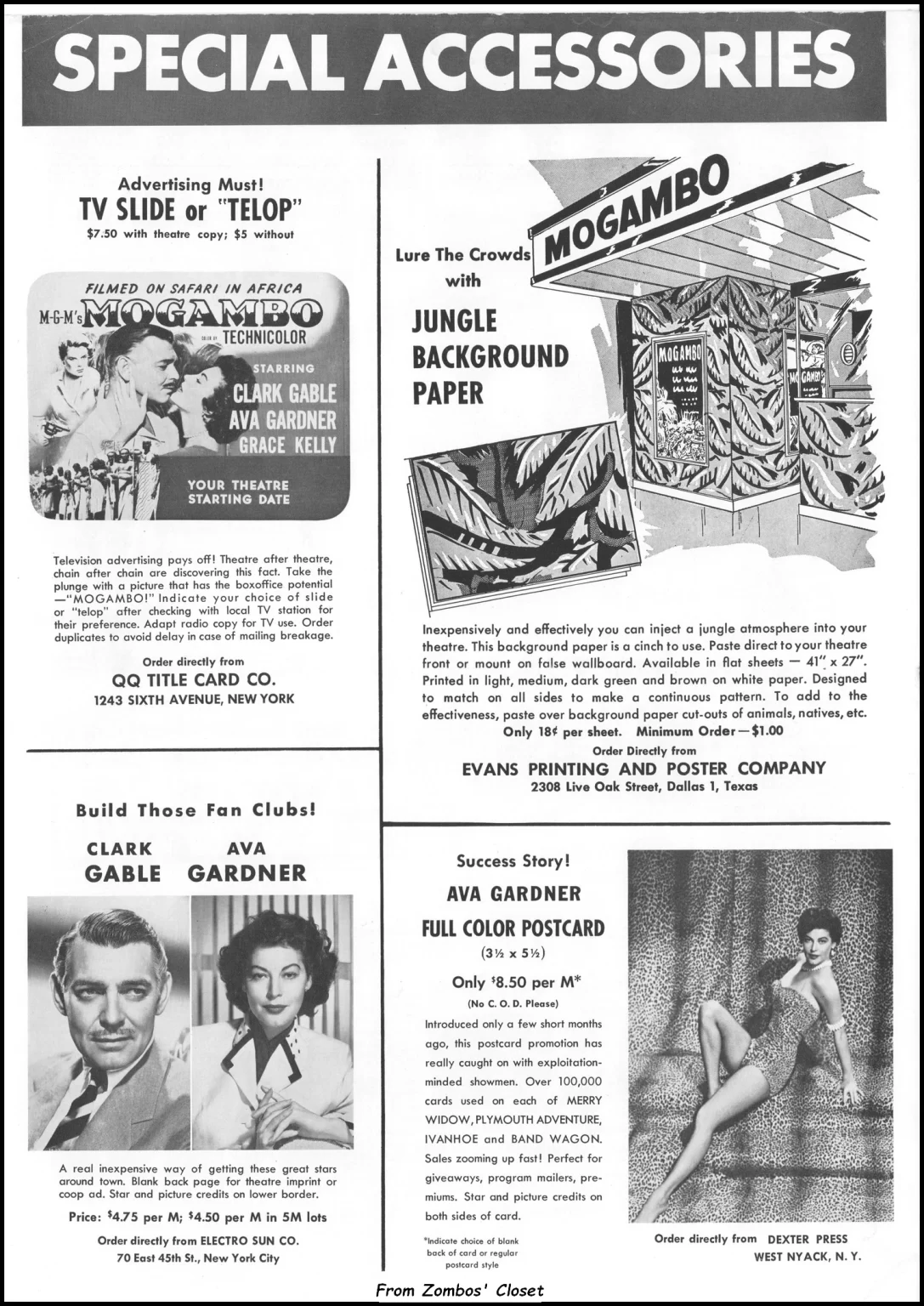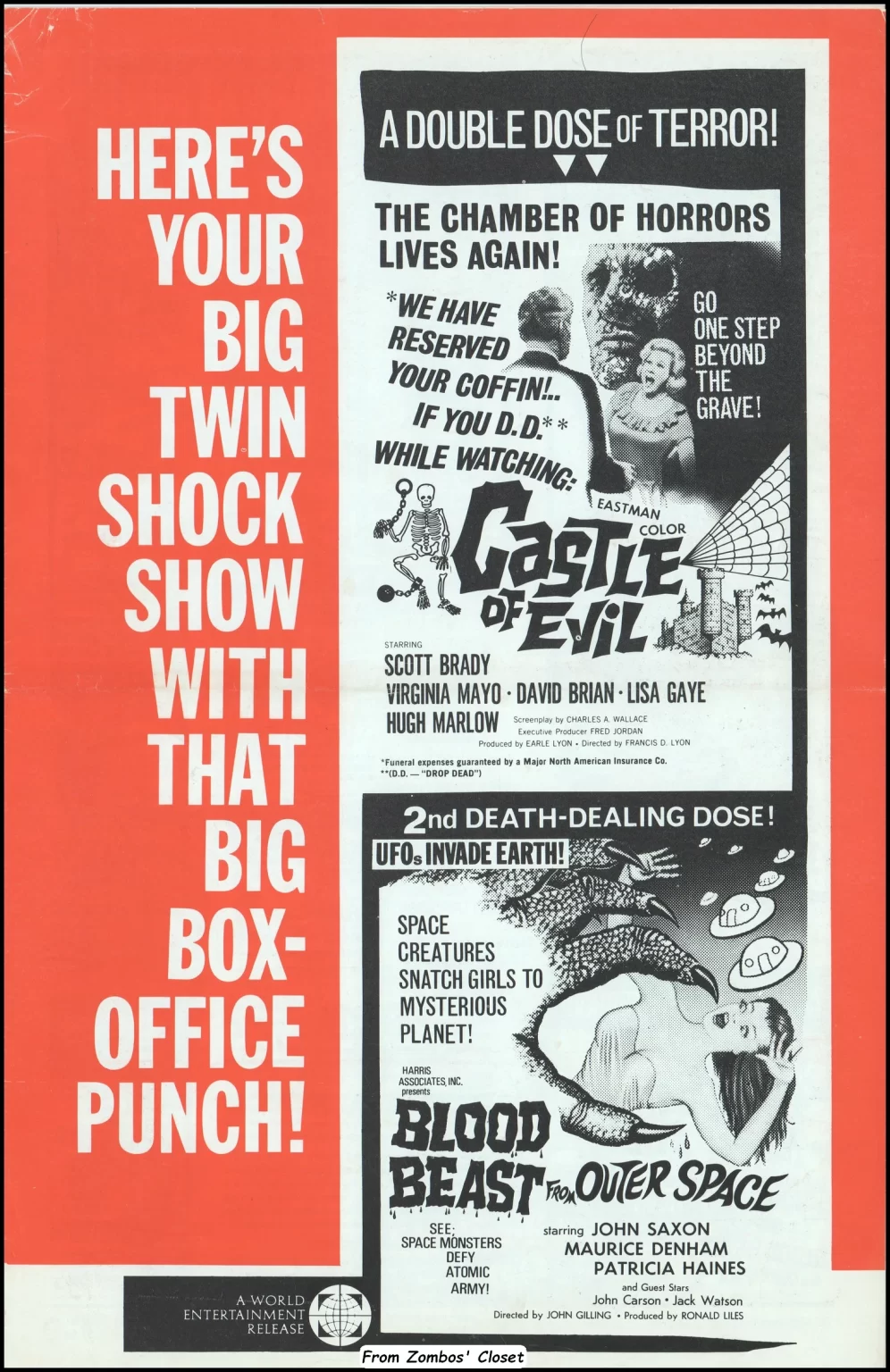The Devil’s Sisters (1966) Pressbook
When you talk about exploitation cinema, here’s a good example to include in your discussions. The 1960s and 1970s were exorbitant decades for movies that pushed beyond good taste; which, of course, is the provocative and decadent theme of any enjoyable exploitation movie. The Devil’s Sisters took its cue from the real-crime story of the Gonzalez Valenzuela sisters (Las Poquianchis), who ran their murderous prostitution ring from the 1950s to 1960s. William Grefè (Sting of Death, Death Curse of Tartu, Whiskey Mountain, etc.), directed the movie in Florida over ten days. Rantbit has an engrossing write up worth reading. Grefè also directed Impulse, with William Shatner and Harold Sakata (you know him as Odd Job from Gold Finger). The extensive documentary, They Came From the Swamp, the Films of William Grefè, discusses Impulse and how Sakata almost strangled to death during one scene. Shatner, suddenly realizing turning blue wasn’t one of Sakata’s acting skills, rushed to help him.



